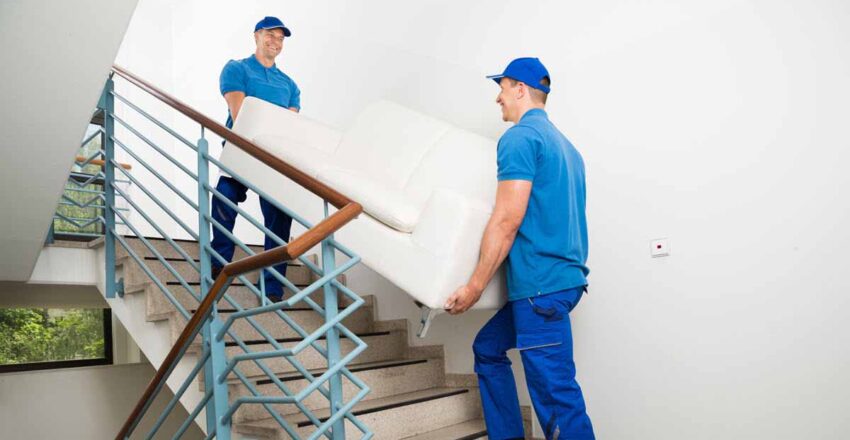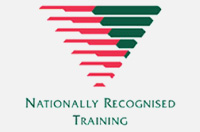Whilst hiring removalists to help and facilitate your home move will mean many of the tasks are taken out of your hands, it does not mean that you, and possibly your family, will have nothing to do. In the buildup to your moving day, there will be numerous so-called administrative tasks, such as switching utility companies and arranging broadband for your new home.
There are also likely to be many physical activities, and we want to focus on these here, especially those involving lifting. Although on the day, almost all the lifting required will be done by your removalists, you and those living with you may have to lift several items before that moving day.
Examples of this will be carrying boxes when they are fully packed, moving items around so they do not block walkways within your home, and also, if you are disassembling any items such as furniture, those individual parts, some of which might be heavy, will need to be stored safely within your home. You might be able to think of other examples, which leads us to conclude that lifting will be a part of your preparations for moving home.
As such, it is imperative that you, and anyone else doing the lifting, know how to do so safely so the risk of injuries, such as pulled muscles, strained ligaments, and, worst of all, a slipped disc in the back, are eliminated. To that aim, here are some simple but essential tips on how to lift safely and thus avoid injuries.
Never Lift If You Have An Existing Muscular Injury: Hopefully, you know that you or anyone in the family, should not attempt to lift heavier items if a current injury exists. This is especially so if the damage is muscular, as any existing strains or sprains could worsen.
Plan Your Lift: One of the simplest ways to avoid accidents or mishaps leading to injuries is to plan the lift properly. Check the route through your house if the item is being moved to another room. Also, look for trip hazards and anything that could make the lift difficult. Also, think about how you will lift it, such as where you will grip the item.
A Secure And Balanced Stance Is Essential: Before you even touch the item you are about to lift, there is an essential element you must get right: your stance. First, ensure you are wearing appropriate footwear, which means avoiding wearing flip-flops, for example. Then take up your view by placing your feet shoulder-width apart. Finally, make sure you are correctly balanced before attempting to lift anything.
Get A Proper Grip: This is key because many injuries occur from dropped items. After all, the person carrying it loses their grip. We strongly suggest you wear gloves, especially those with a rubber grip on the palms and fingers. Gloves will help you grip more securely and protect your fingers and hands from injuries such as cuts or splinters, for example. As for engaging the item, aim to use your entire hand rather than just your fingers.
Use A Safe Lifting Technique: The key to lifting safely is to use your legs for the power required rather than your back. As such, you should bend your knees to lower your body, get a firm grip on the item and then rise by straightening your knees. Never bend down with your back and try to lift, as this can cause back strains or even slipped discs.




























